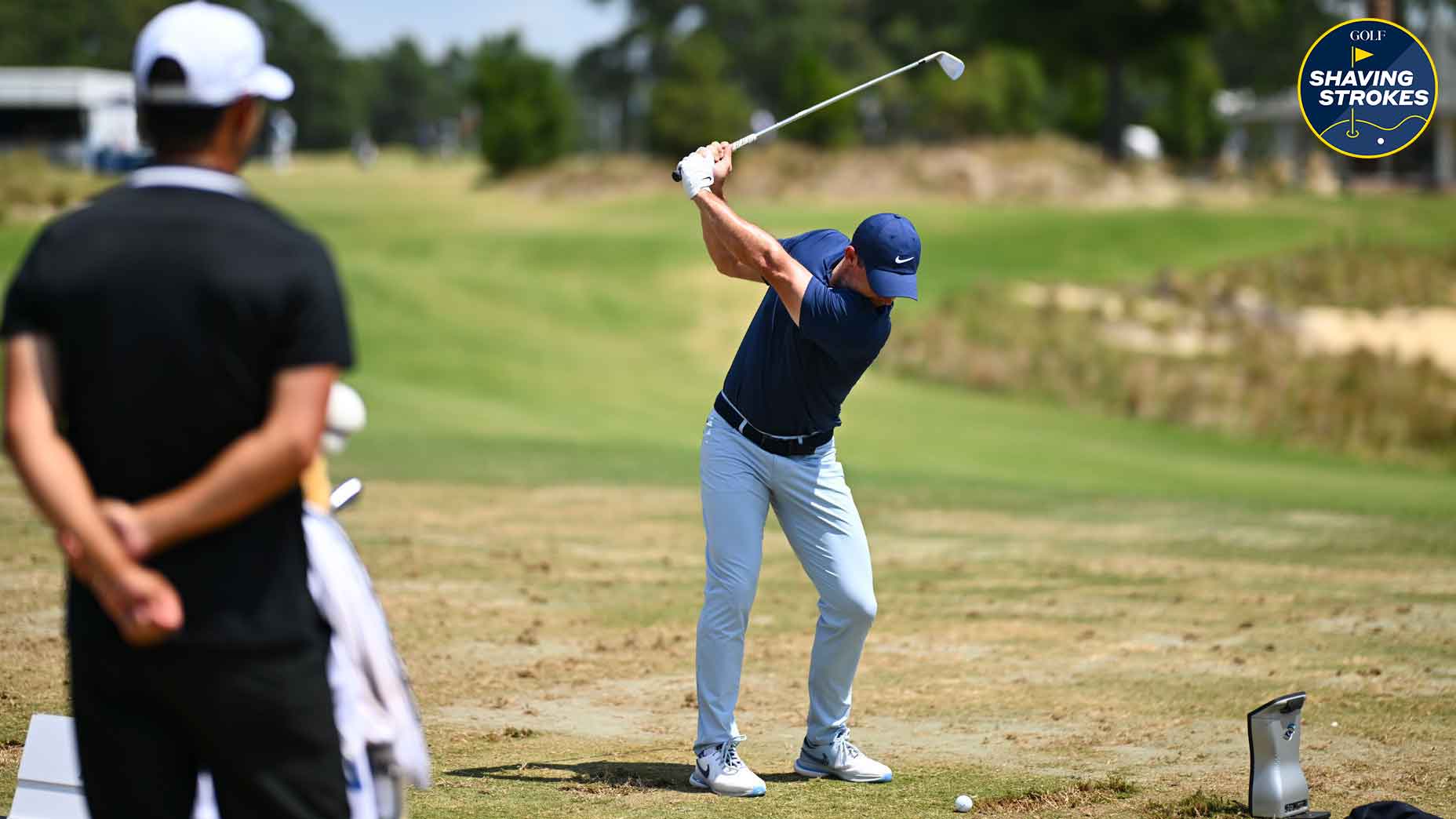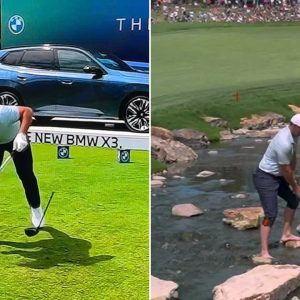3 things most amateurs aren’t doing on the driving range (but should be)
GOLF Top 100 Teacher Jason Birnbaum shares a few things that most amateurs need to start incorporating during trips to the driving range
Add these things to your next driving range visit for a more productive practice session.
Getty Images

Welcome to Shaving Strokes, a GOLF.com series in which we’re sharing improvements, learnings and takeaways from amateur golfers just like you — including some of the speed bumps and challenges they faced along the way.
Going to the driving range can feel like the most efficient way to really work on your game and hone your skills. Whether that’s bombing 75 balls off the tee till you hit 10 in a row straight down the middle, working on some swing adjustments, or just visualizing different scenarios you encounter during a round, a range session is always good for the soul.
Unfortunately, there’s a good chance you’re not really optimizing your range time the right way.
In fact, if you walk up and down the driving range, you’d probably see lots of players doing more things wrong than right. From mindlessly hitting balls to ignoring any available shot data, most amateur golfers aren’t getting the feedback they need — which isn’t making them much better.
To help maximize your next range session, GOLF Top 100 Teacher Jason Birnbaum shares three ways to efficiently improve. Even if the tips seem simple, they’ll go a long way in helping you leave the range much more confidently than when you first arrived. Check out his suggestions below.
Build a better driving-range routine by doing these 3 things
“Golf is a unique sport in many ways, and one area that really sets it apart from other sports is that the game isn’t actually practiced on the same field as it’s played on,” Birnbaum says. “As we all know, the driving range is nothing like the golf course, but it’s still an important place to get better.”
This is where having the right plan on the driving range comes into play, with Birnmbaum saying he stresses mimicking on-course play as much as possible — despite the differences between course and range.
“If you can become great on the practice tee, a little less than that will still be very good on the course,” Birnbaum adds.
So here are a few areas to help you practice just like you play.
Block practice vs. random practice
Separate your time on the driving range into two different kinds of practice: Block practice and random practice. While both are important — and too much of just one can be detrimental — they’ll go a long way in helping you prep for a variety of scenarios.
Block practice is simply repeating the same skill under the same conditions over and over before moving on to something else. So if you’re only working on hitting your driver before moving to irons, this would be block practice.





